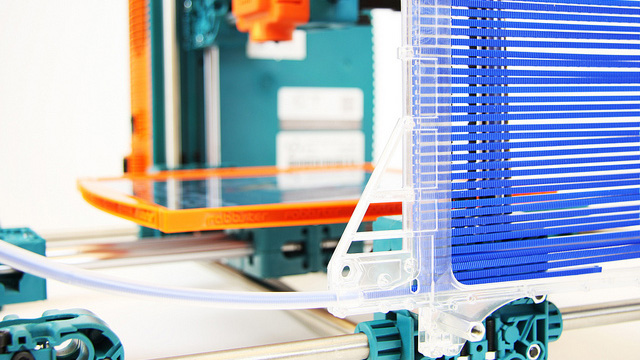Print and digital textbooks are getting some serious competition from open-source content, which has captured the imagination of educators who are finding valuable content outside the prescribed realm of textbooks.
At the same time, educators feel less isolated and more inspired by relationships with colleagues fostered through social media. Some are even discovering new joy in their profession with increased access to lesson ideas and new teaching practices.
CHALLENGES
The big challenges for better using education technology are similar to ones that have long existed. There isn’t enough professional development to help educators feel comfortable using new strategies and it often isn’t part of a school’s culture. Resistance to trying new approaches remains prevalent and the status quo continues to exert a powerful inertia on the system, preventing a broader use of good ideas.
Traditional models of schooling are experiencing more competition than ever before with charter schools, for-profit operators, online learning and MOOCs pushing for change. Similarly, traditional teaching that relies on lectures and tests is being challenged by blended models of instruction.
There’s a large demand for personalized learning, but the technology tools don’t yet support the goals of those who want to use it -- a big gap still exists between overall vision and available tools. Meanwhile, even as teachers are shifting to more formative assessments taken continually throughout the school year, assessment policies have not always shifted to match this change. But educators think there's potential for digital tools to help collect formative assessment data unobtrusively.
NEAR-TERM PROJECTIONS
In the next year, the NMC Horizon Report for K-12 predicts that the expectation for constant connectivity will push schools towards cloud-based computing. This trend can already be seen as schools farm out parts of their infrastructure to the cloud, but new devices like Google’s Chromebook designed to sync with the cloud are further pushing adoption.
Mobile learning has been a hot topic for several years, but it has not reached the 20 percent penetration level that NMC uses to designate a tactic mainstream. This could be its year. Some educators surveyed said they jumped on the idea of using smartphones in class right away, while others said they were more wary of the potential distractions and disruption the devices could cause. Still, the educational app market for mobile devices has exploded and shows no signs of slowing down, indicating that as the tools get better and better mobile learning will become common place.
MID-TERM PROJECTIONS
The mid-level predictions, set for two to three years from now, line up most closely with trends in higher education. Both reports -- K12 and Higher Education -- noted the power and increasing prevalence of learning analytics, the practice of analyzing real time data from digital learning platforms and using that information to shape teaching strategies for individual students.
Student-data can now be used to tailor curricula and to suggest resources for students akin to the algorithms businesses use to market products to consumers. Similarly, in higher education learning analytics are being used to tailor the advising process. Perhaps even more significantly, the MOOCs that challenge the higher education paradigm rely heavily on learning analytics to direct, grade, and guide learners.
The second projection notes the rise in high-quality open content available to students around the world. Started by MIT more than ten years ago, this movement has grown rapidly and garnered excitement, especially as a way to equalize access to education. It also gives students much more choice in the learning they consume. Open-content in the form of MOOCs are already disrupting the higher education space, but this report indicates K-12 is not far behind.
LONG-TERM PROJECTIONS
3D printing has captured the imagination of people at all ages, especially as movements towards design learning take off in K-12 schools. The report notes that digital printing machines cost much less now, and that within five years it would be possible for schools to own one. Teachers can use these them to explain design concepts and to prototype building projects.
The only really new prediction in the report is for virtual and remote labs to provide students access to scientific experiences even as school districts cut back on physical lab spaces in schools. The report notes that virtual labs would allow students more time and space to practice techniques and make mistakes. Also, “in virtual and remote environments, an experiment can be conducted numerous times with greater efficiency and precision.” Some schools are already using these remote labs to save money. Still, this prediction begs the question, what could be lost if students no longer practice the physical act of science?


